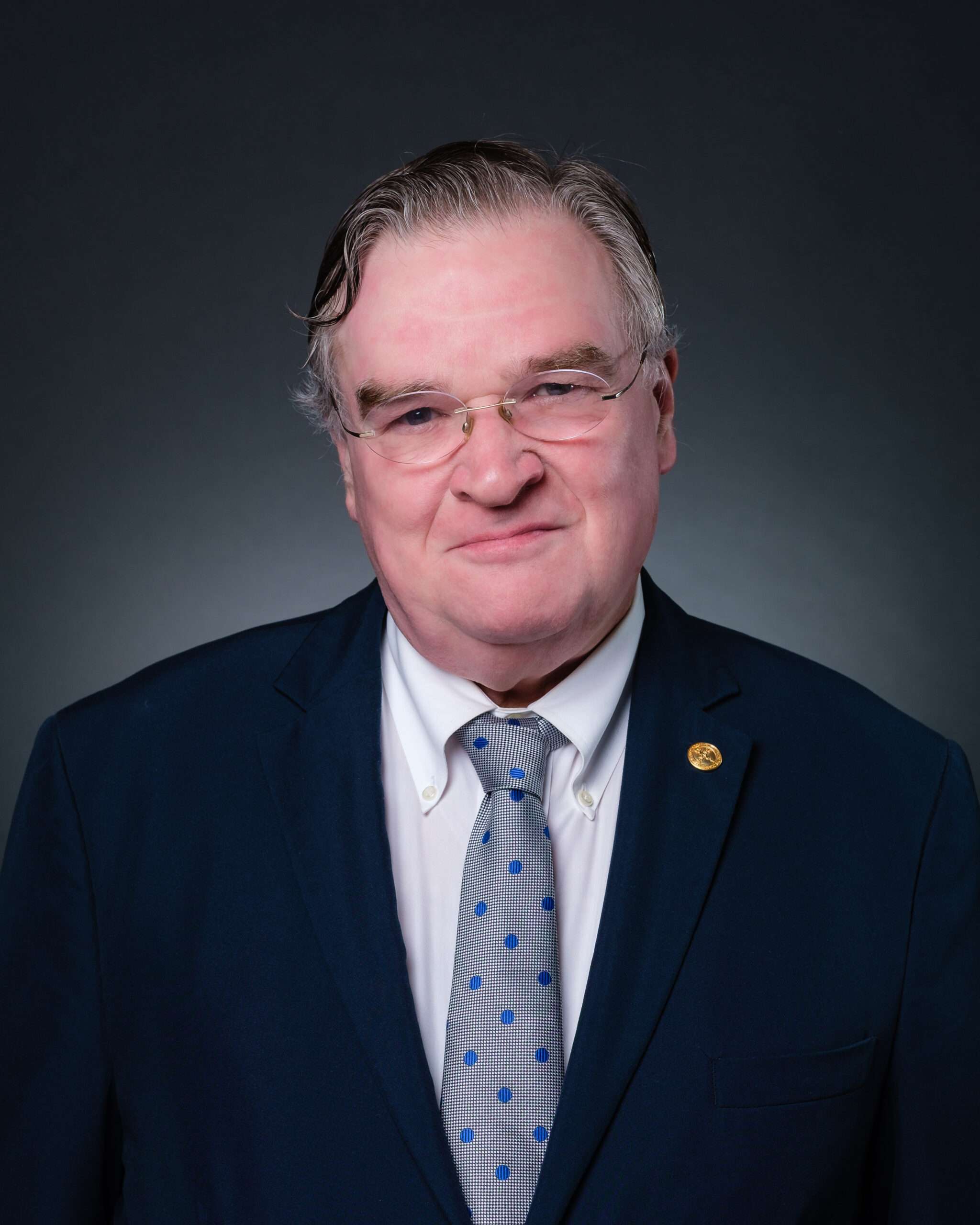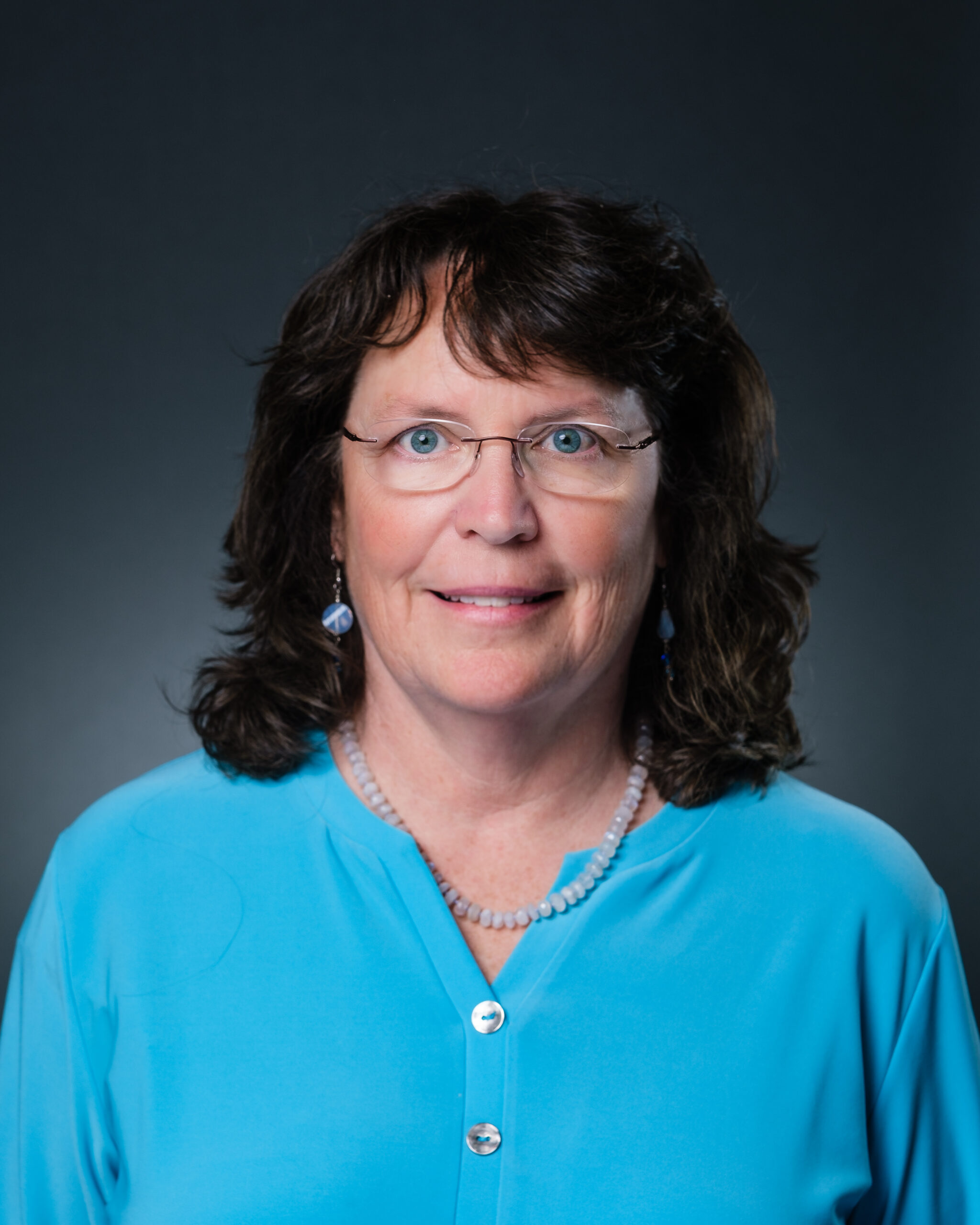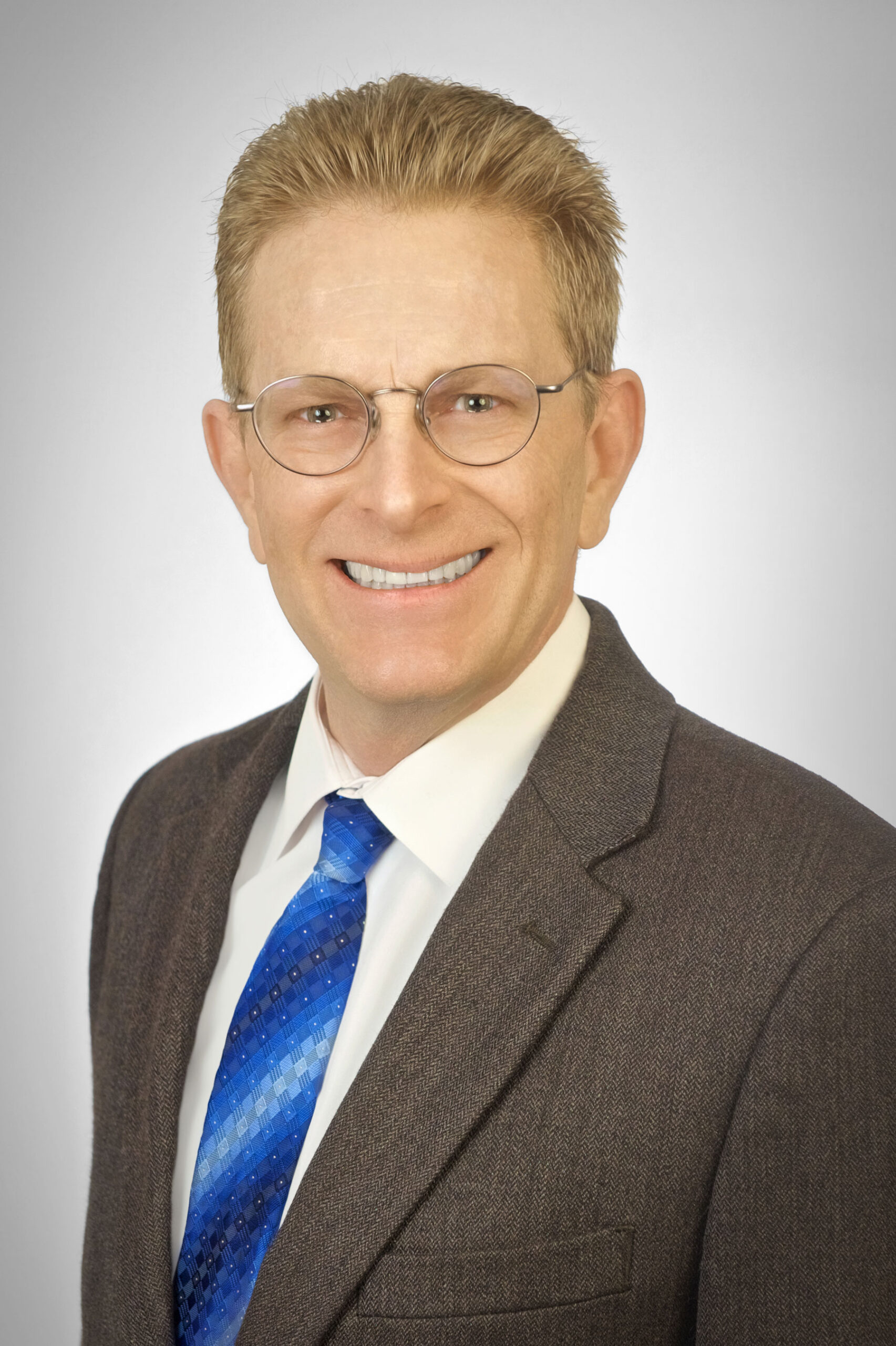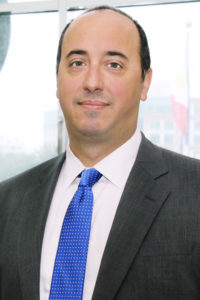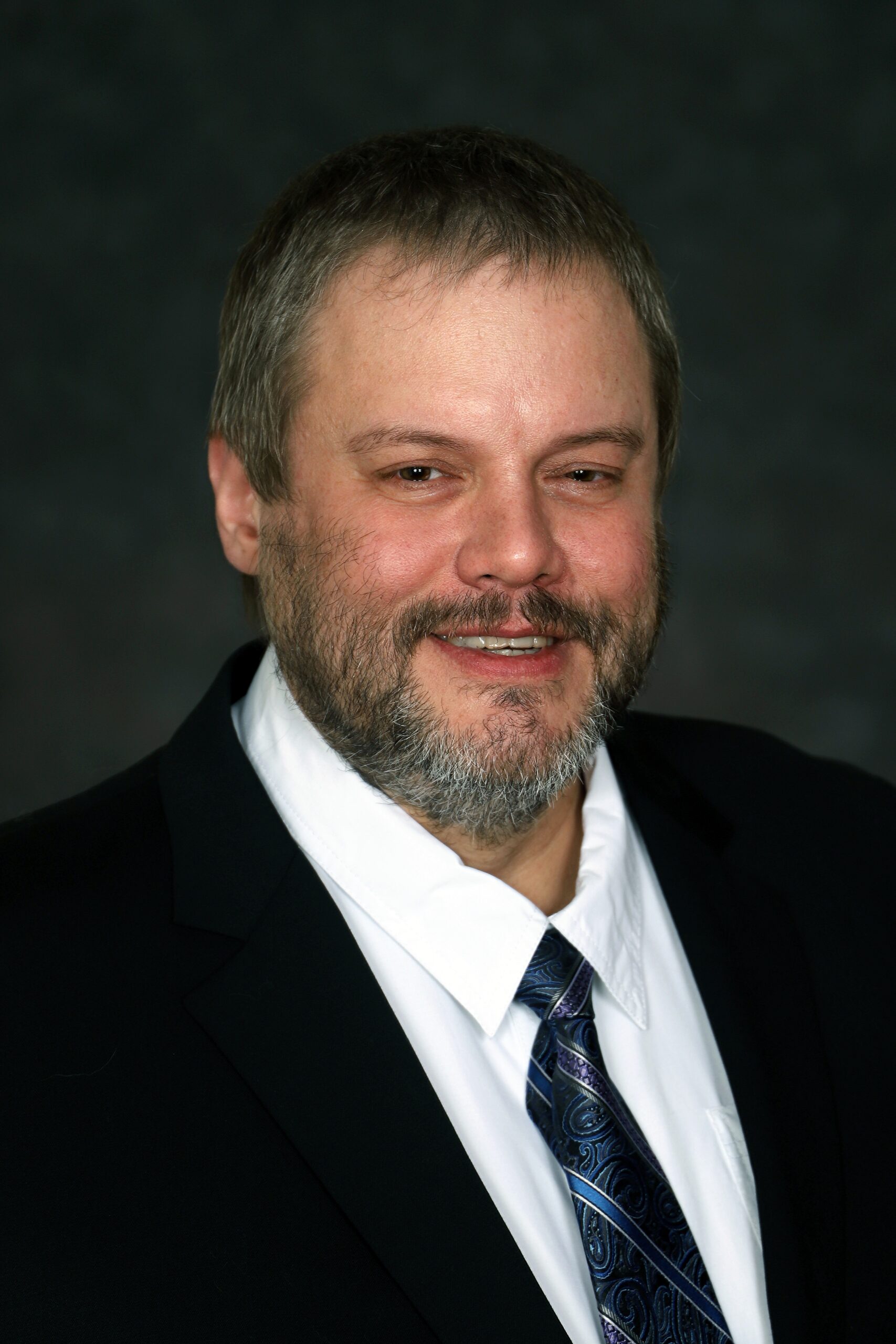The Clinical Observations of ABPS Diplomate Frank Nocilla, MD, During DMAT Deployments for COVID-19
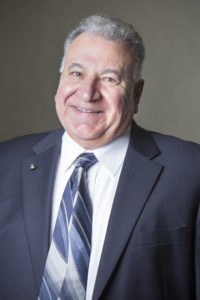 DMAT Teams (Disaster Medical Assistance Teams) have been called to respond to smaller hospitals along the U.S.-Mexico border that have been overwhelmed by the volume of patients infected by the COVID-19 virus and the degree of illness progression.
DMAT Teams (Disaster Medical Assistance Teams) have been called to respond to smaller hospitals along the U.S.-Mexico border that have been overwhelmed by the volume of patients infected by the COVID-19 virus and the degree of illness progression.
The COVID-19 virus has led to a large influx of Mexican-American and Mexican nationals in search of medical care for the infection. DMAT teams have been deployed to several hospitals to provide ICU/Critical Care and Medical teams to augment overtaxed staff members. As an internist and a disaster medicine specialist who is a DMAT team member, I was recently deployed on DMAT rotations for COVID-19 response. This article relates to my DMAT experiences and clinical observations at two hospitals, the El Regional Medical Center in El Centro, California, and the Val Verde Regional Medical Center in Del Rio, Texas.
First, I must commend these facilities’ physicians and nurses, as well as laboratory, respiratory therapy, and ancillary staff members for their commitment and the compassionate care they give to their patients. Both hospitals responded to increased demand for ICU and stepdown beds by quickly expanding their ICU capacity.
During my DMAT deployment at these facilities, prolonged (7-14 days) BiPap or high-flow oxygen support led to urgent intubations with sudden respiratory failure for several patients. One patient on BiPap for 14 days during intubation had a fibrous necrotic exudate covering the entire oropharynx occluding it. A hemostat was necessary to tear this fibrous mesh and remove it before intubation was possible. Another patient who was intubated for a protracted length of time unfortunately expired upon removal of the ET tube. Adherent to the lower end of the ET tube was 4 inches of necrotic lung tissue. These observations were confirmed by post mortem findings.
Patients with any respiratory complaint were put on a nebulized mixture of mucomyst and albuterol every six hours. Given the above observations involving prolonged BiPap or high flow oxygen, if there was no improvement in oxygen requirement in five days, or if there was any respiratory compromise at all, the patient was electively intubated and mechanically ventilated.
Given the marked decrease in lung compliance and fibrosis caused by the COVID-19, especially in the upper lobes, ventilator settings were well above the norm. Peak pressure requirements sometimes were over 60 mmHg and PEEP settings over 15! Patients with these high vent requirements were paralyzed to allow the ventilator to improve patients’ oxygenation and ventilation and decrease the Peak pressures, Tidal Volume, and PEEP.
In the initial stages of the COVID-19 pandemic, the World Health Organization did not recommend corticosteroids, and they were initially not prescribed. However, in contradistinction to the WHO’s recommendation, high-dose corticosteroids were used for intubated patients, successfully reducing their Peak pressures and PEEP. The addition of Remdesivir to the high-dose corticosteroids provided additional benefit in severely ill patients. Current treatment with Tocilizumab has also proven beneficial in treating severely ill patients or preventing cytokine storm.
For patients with closed respiratory support system and mechanical ventilators, no additional filtering was done. In open systems, BiPap, high-flow oxygen, non-rebreather oxygen masks, or venti mask systems that allowed expired air into the environment, patients’ rooms were closed and patients were placed in a negative-pressure room if available and filters were placed on the exhalation ports of these systems. If patients were on nasal canula or high-flow oxygen and negative-pressure rooms were not available, patients were changed to venti masks with a filter on the exhalation port. If any patient on high-flow oxygen or BiPap did not maintain their oxygen saturation, they were selectively intubated as noted above.
Virtually all COVID-19 patients were proned. Morbidly obese patients were turned side to side; this was usually done on change of shift when there were extra hands to help. In proning intubated patients, a foam block was adapted to prevent kinks in the ventilatory circuit and ET tube.
Patients with HTN, chronic malnutrition, diabetes, COPD, CAD, CHF, or any disease state that lowered the immune system had a higher infective rate and poorer outcomes from COVID-19.
All patients were supplemented with total parenteral or peripheral parenteral nutrition with double the dose of multivitamins along with Vitamin D3 supplementation. Azithromycin and initially hydroxychloroquine were used until a patient’s severity necessitated Remdesivir therapy.
Dr. Nocilla is board certified in internal medicine and disaster medicine with the American Board of Physician Specialties® (ABPS).

